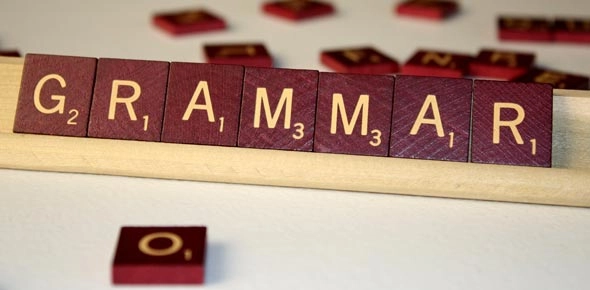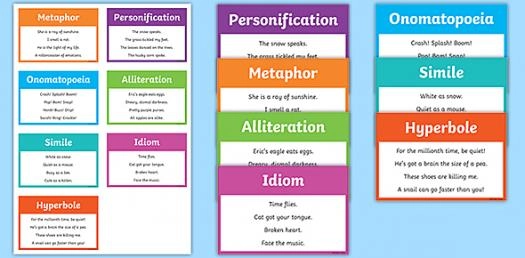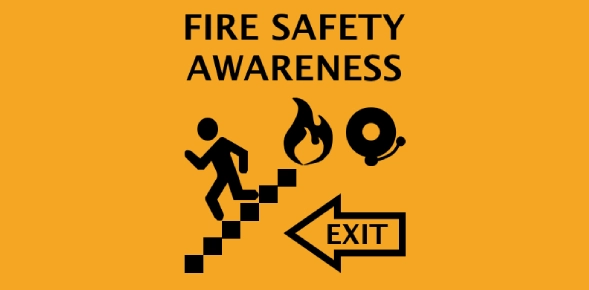
Test your knowledge of figurative language with our engaging trivia quiz! From similes and metaphors to onomatopoeias and hyperboles, challenge yourself and discover your mastery level in the art of expressive language.
Questions and Answers
What's inside the Mastering Figurative Language: Test Your Skills! quiz
Which of the following is an example of a simile?
Identify the metaphor in the following options.
Which sentence contains personification?
What type of figurative language is used here: 'The bees buzzed busily around the flowers'?
Choose the hyperbole from the options below.
Which option is an example of an idiom?
What is the analogy in this sentence: 'Just as a sword is the weapon of a warrior, a pen is the weapon of a writer.'?
Which sentence uses alliteration?
Choose the correct example of a metaphor.
What figurative language is used here: 'The thunder grumbled like an old man'?
Identify the idiom in the following sentences.
Which option best represents personification?
What is the main purpose of using hyperbole in writing?
Choose the simile from the options below.
Quiz description
Enhance Your Understanding of Figurative Language
Figurative language is a powerful tool in both writing and speech, allowing us to convey ideas and emotions in creative and impactful ways. Whether you're a student, writer, or language enthusiast, mastering figurative language can significantly enhance your communication skills.
Types of Figurative Language
- Similes: Comparisons using 'like' or 'as'.
- Metaphors: Direct comparisons without using 'like' or 'as'.
- Onomatopoeia: Words that imitate sounds.
- Personification: Giving human traits to non-human objects or ideas.
- Hyperbole: Exaggerated statements for emphasis.
- Idioms: Phrases with meanings different from the literal translations.
- Alliteration: Repetition of initial consonant sounds in closely linked words.
- Analogy: A comparison to explain a concept by showing similarities.
Why is Figurative Language Important?
Using figurative language can make your writing more engaging and vivid. It helps in painting a mental picture, evoking emotions, and emphasizing points effectively. Whether you're crafting a poem, story, or even a casual conversation, these techniques can make your expressions more relatable and memorable.
How to Improve Your Use of Figurative Language
- Read Widely: Exposure to diverse texts can introduce you to various figurative devices.
- Practice Regularly: Incorporate figurative language into your daily writing and speech.
- Analyze Works: Study how authors use figurative language to enhance their narratives.
- Seek Feedback: Share your work with others to gain insights on your use of figurative language.
Ready to test your knowledge? Take our Mastering Figurative Language quiz and discover your proficiency level!











